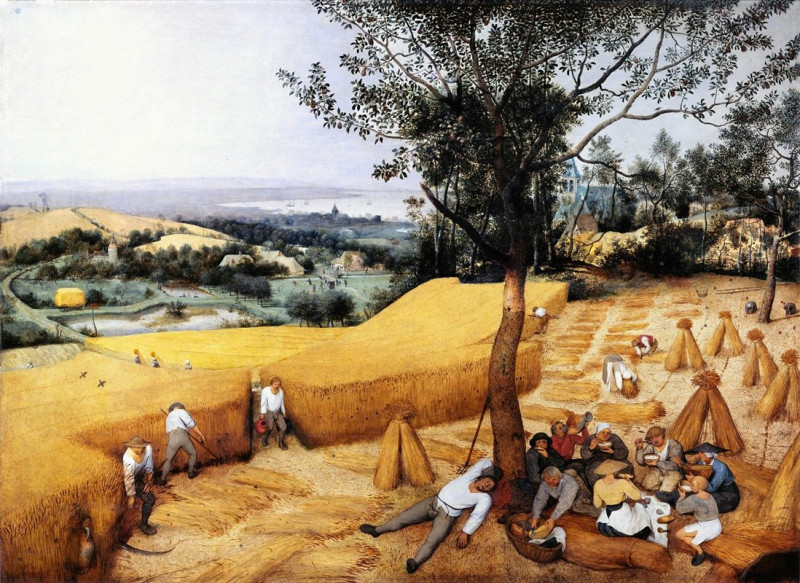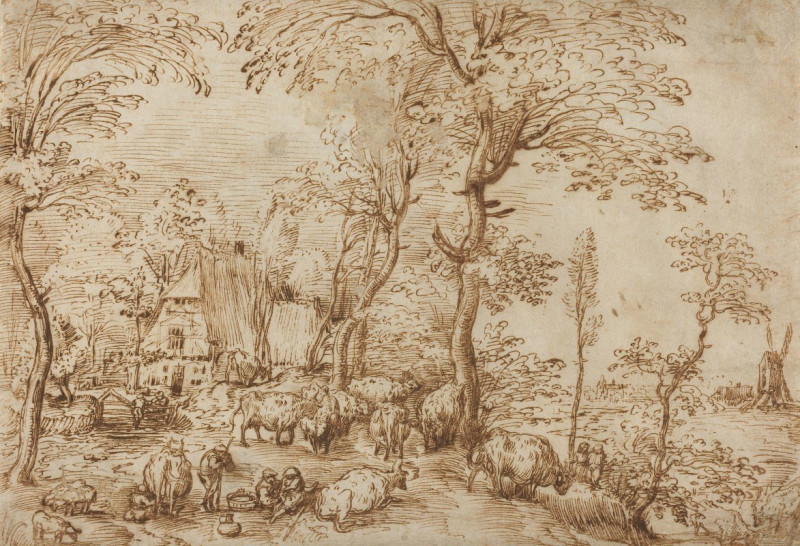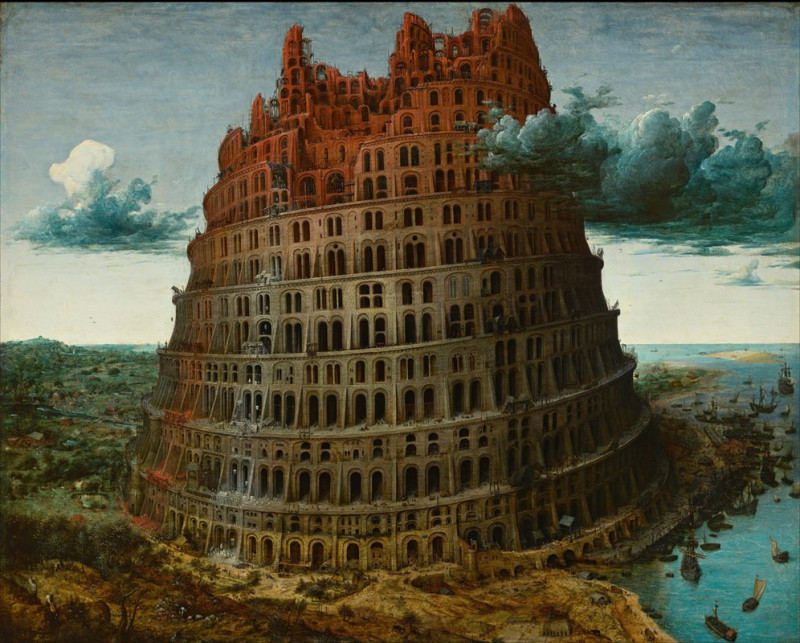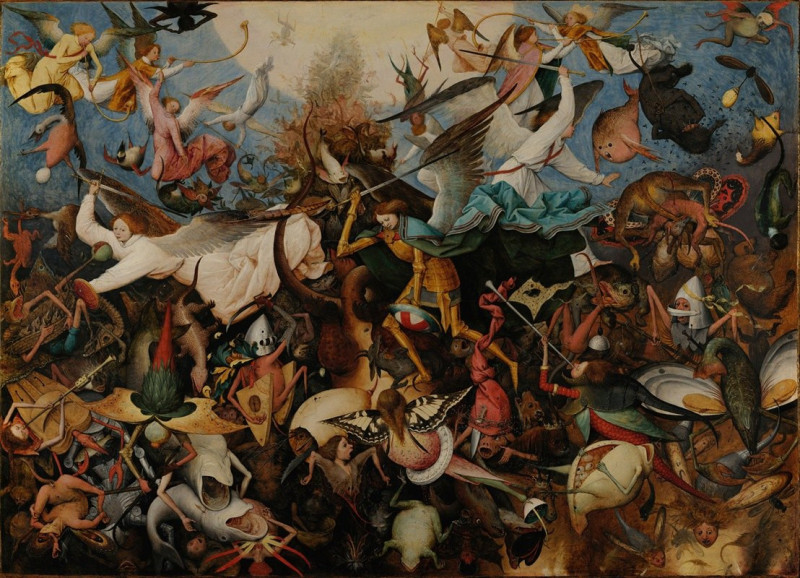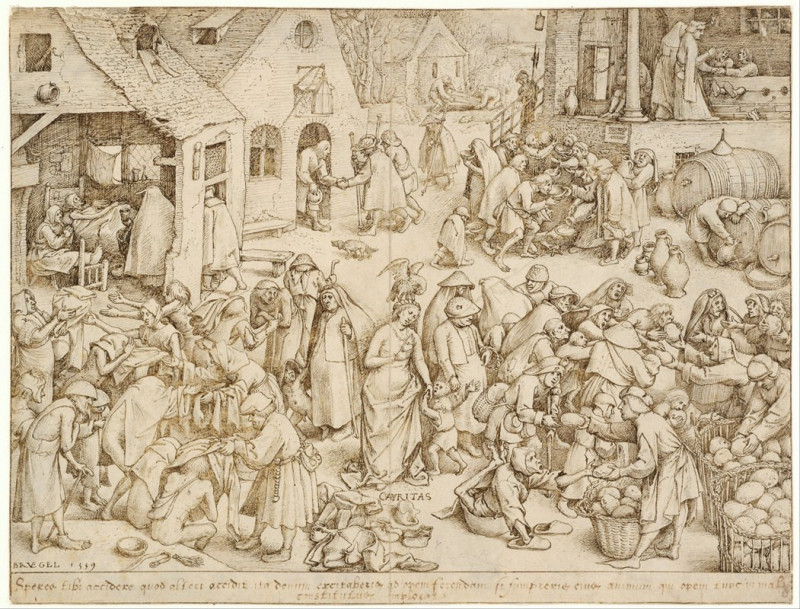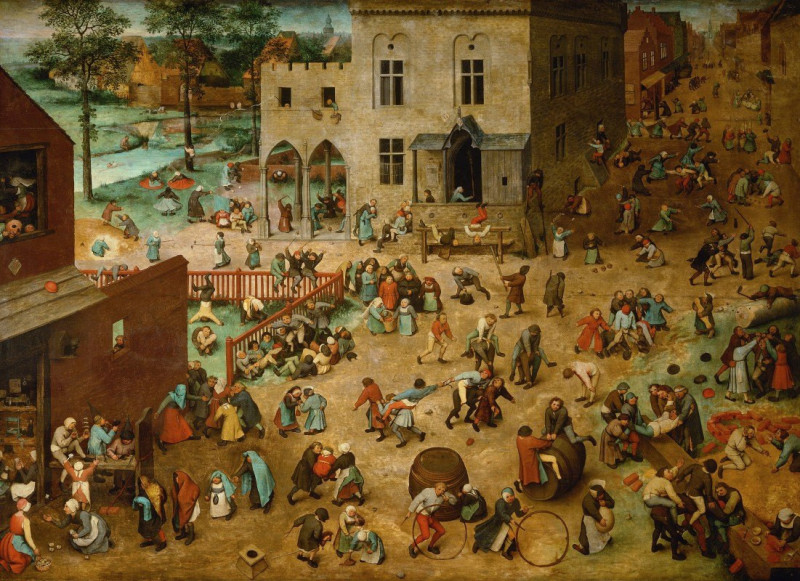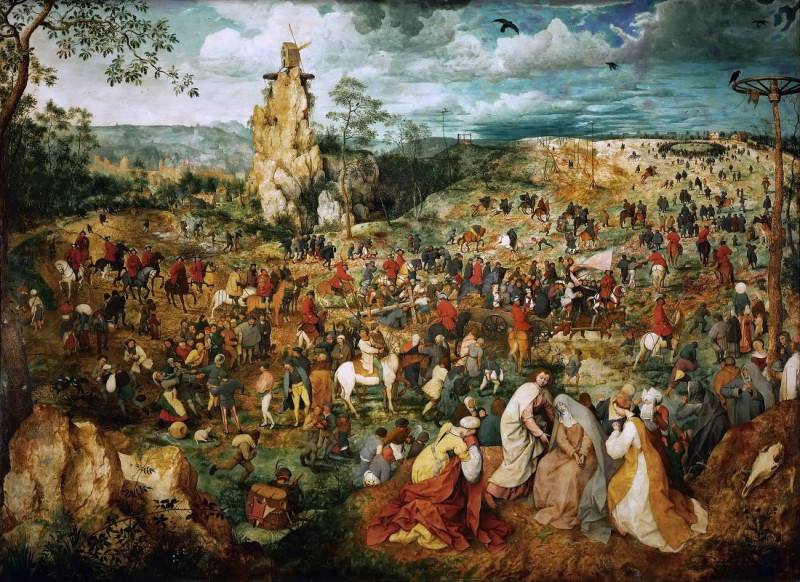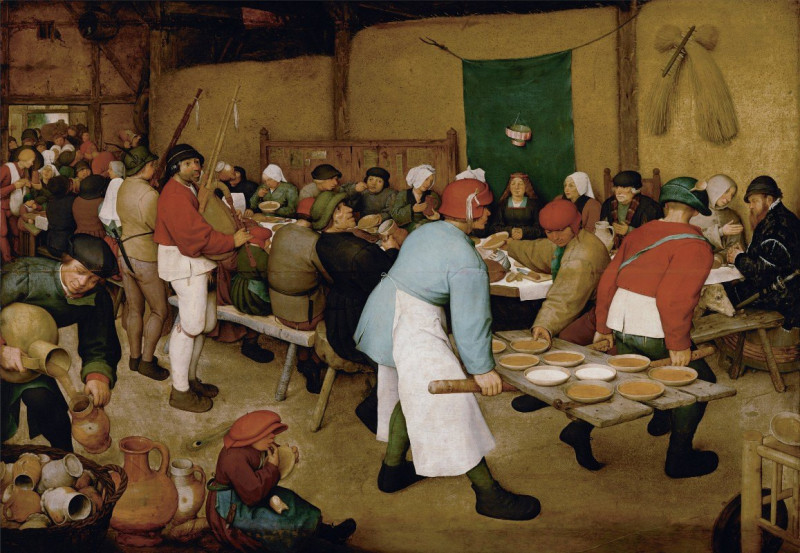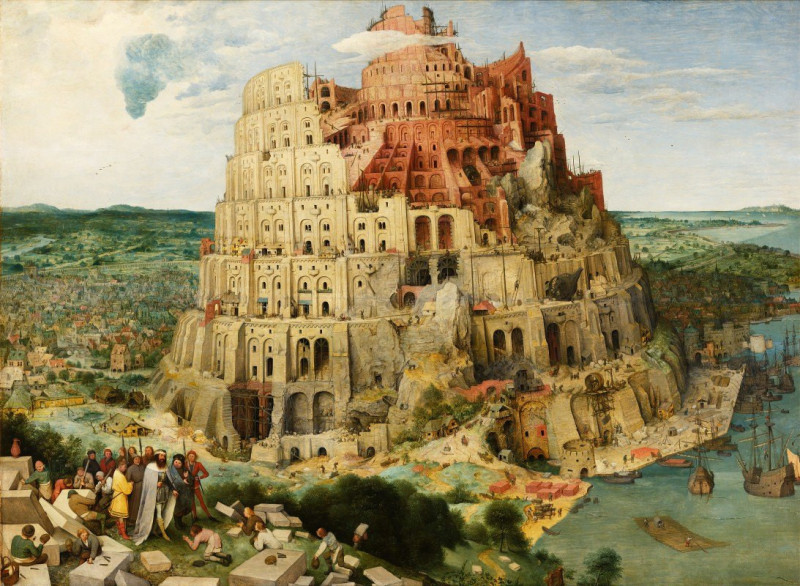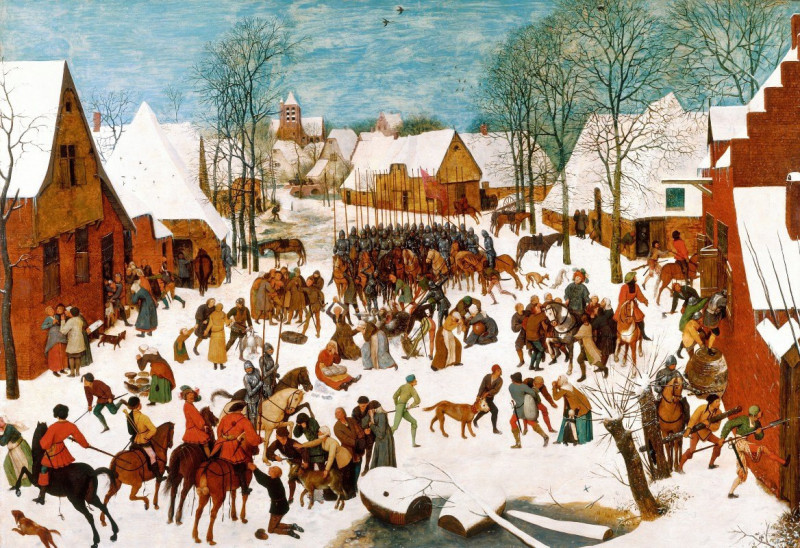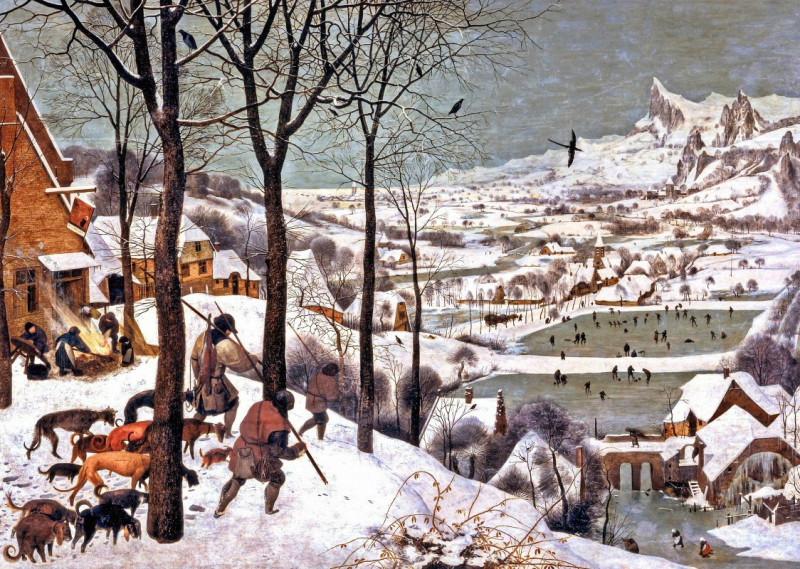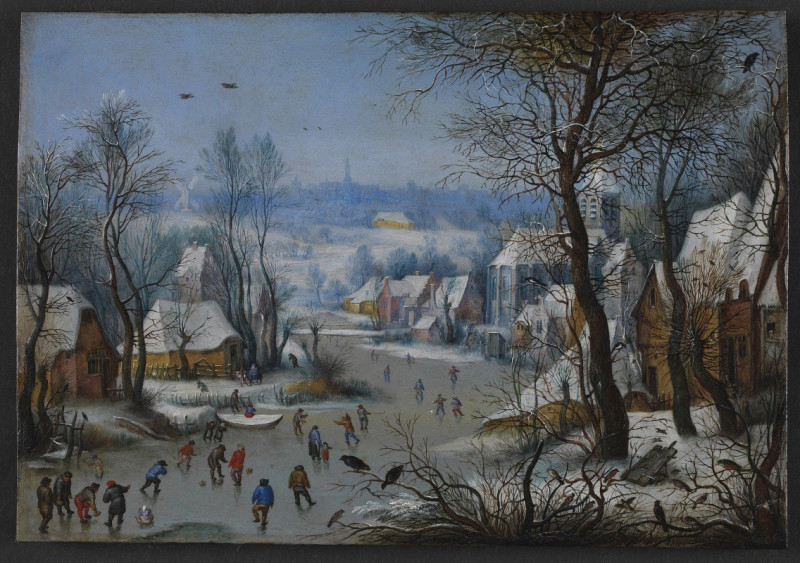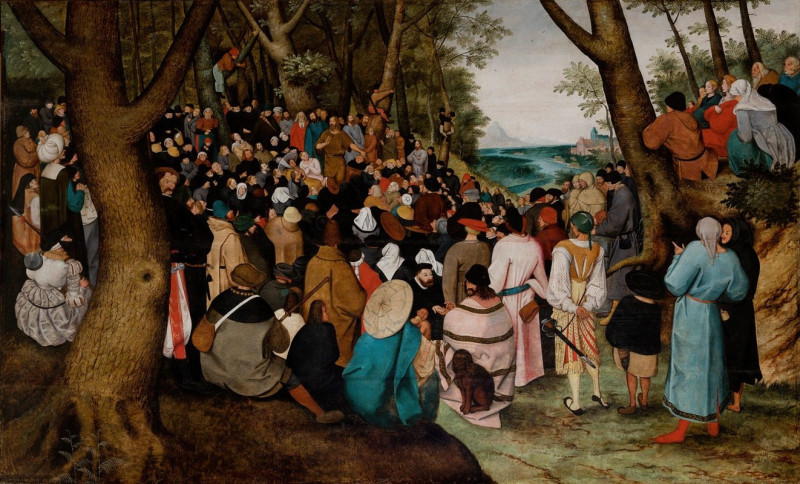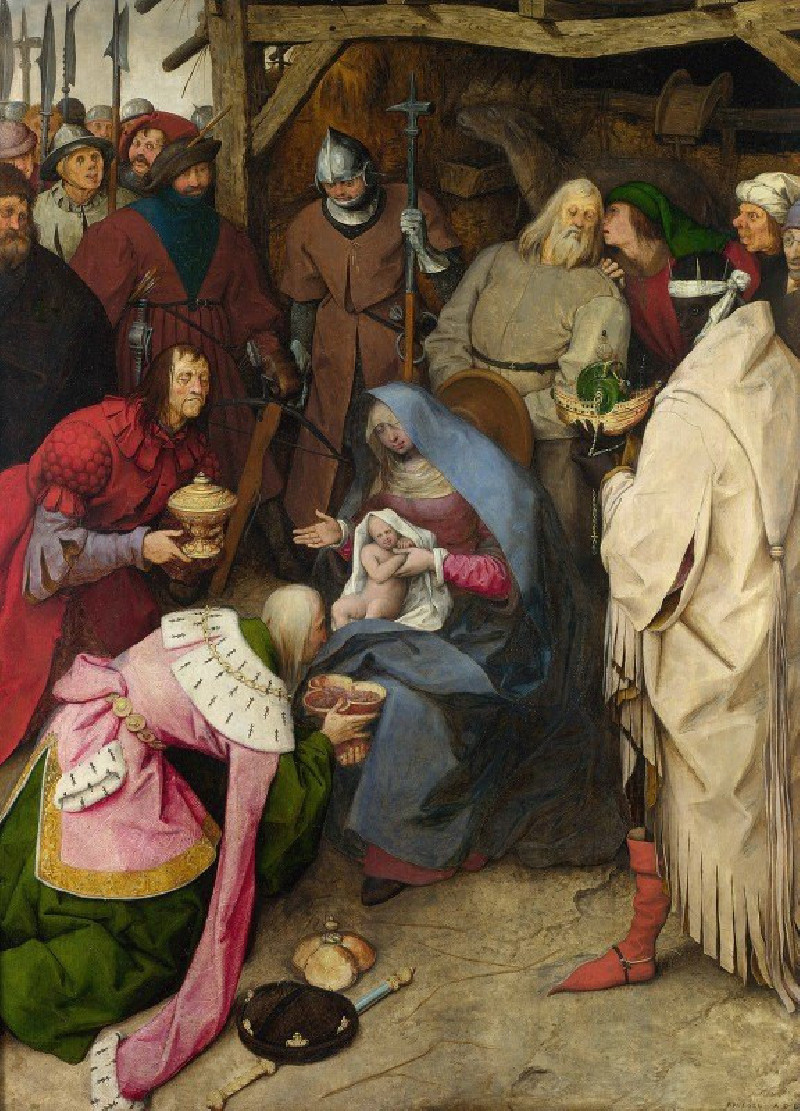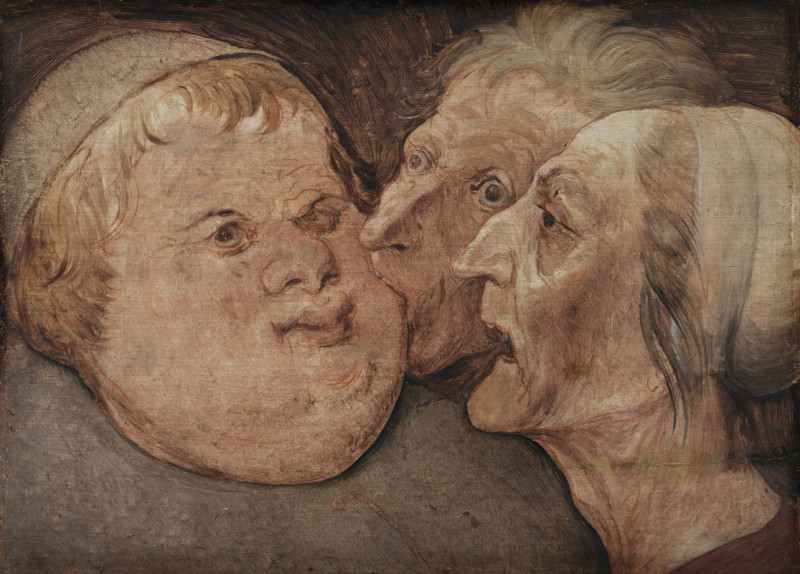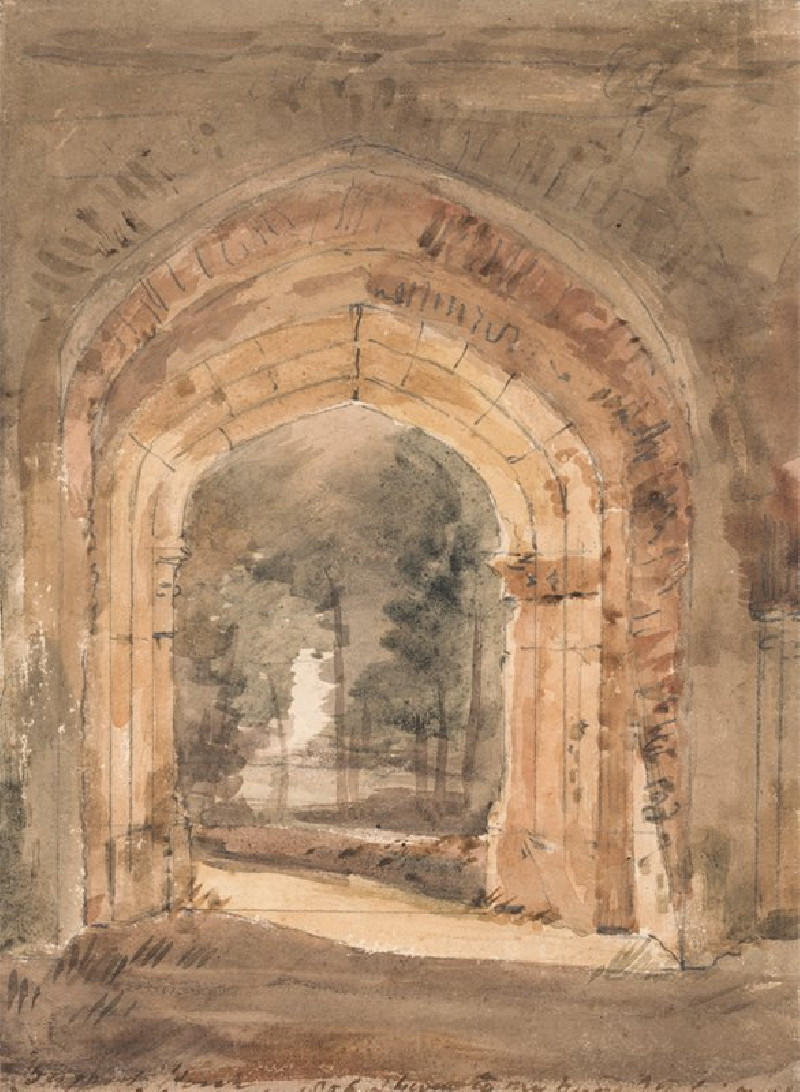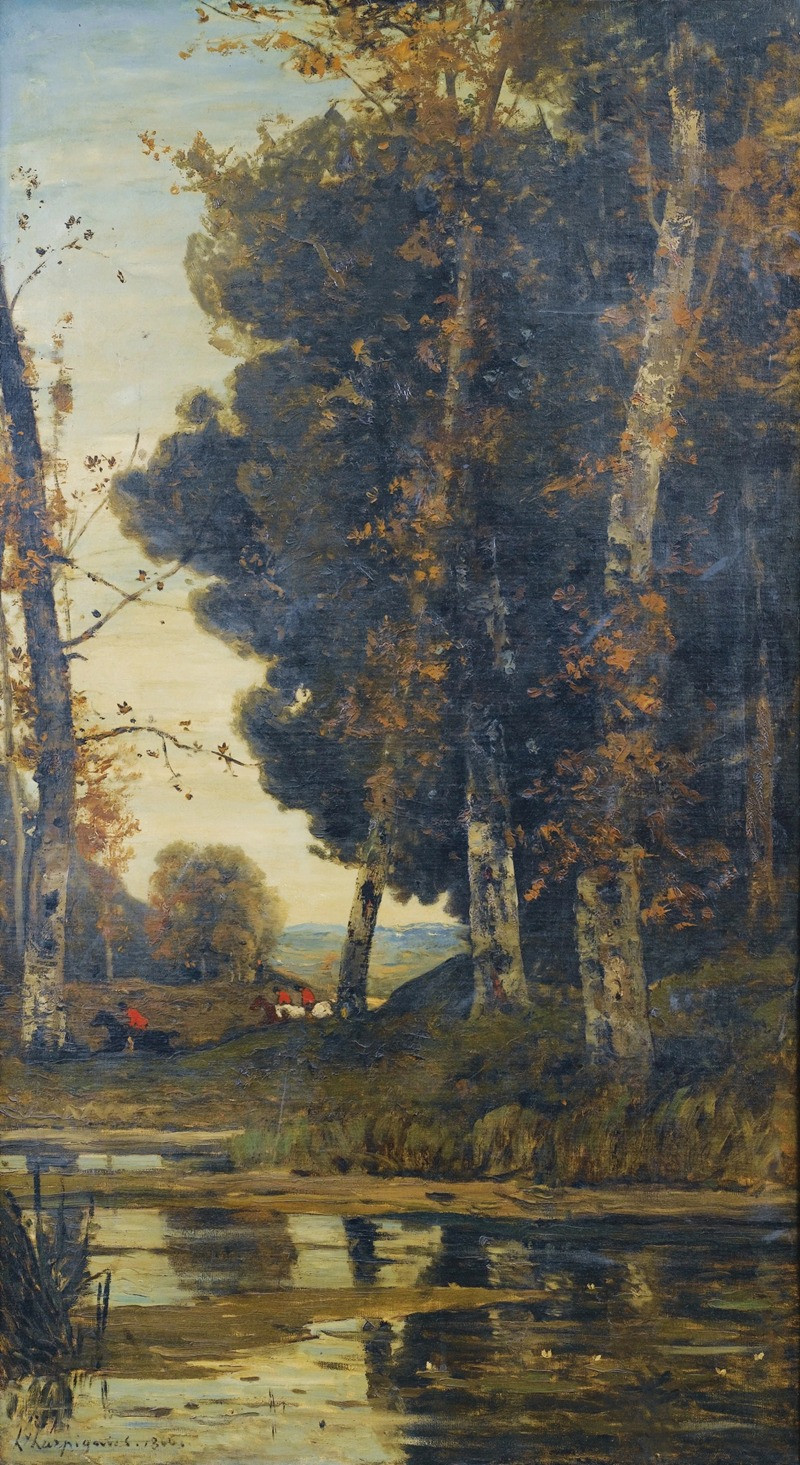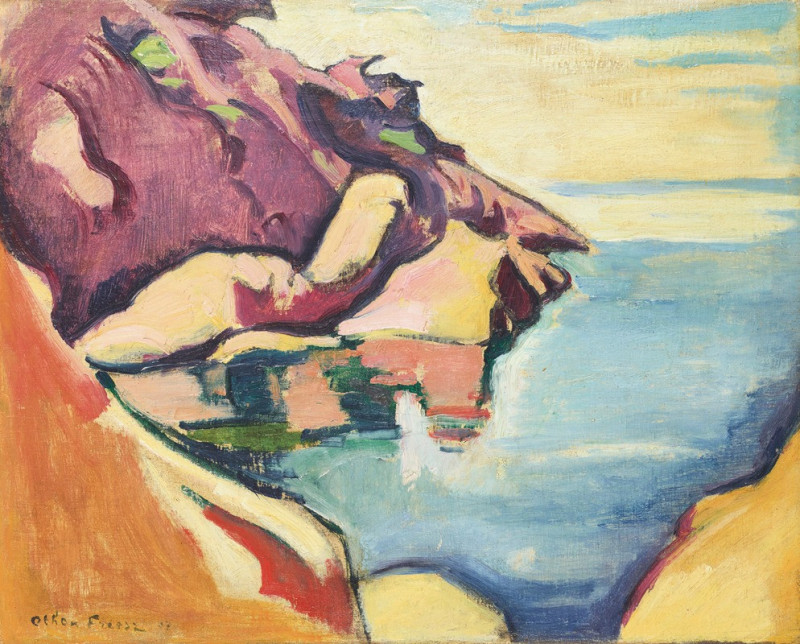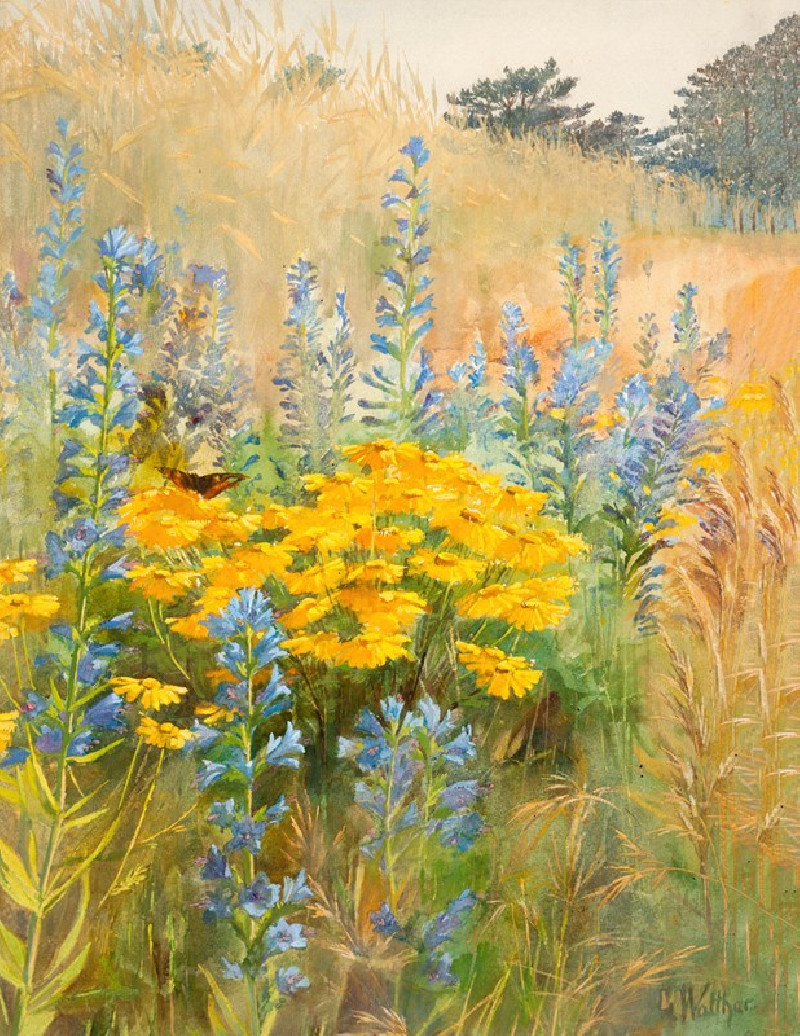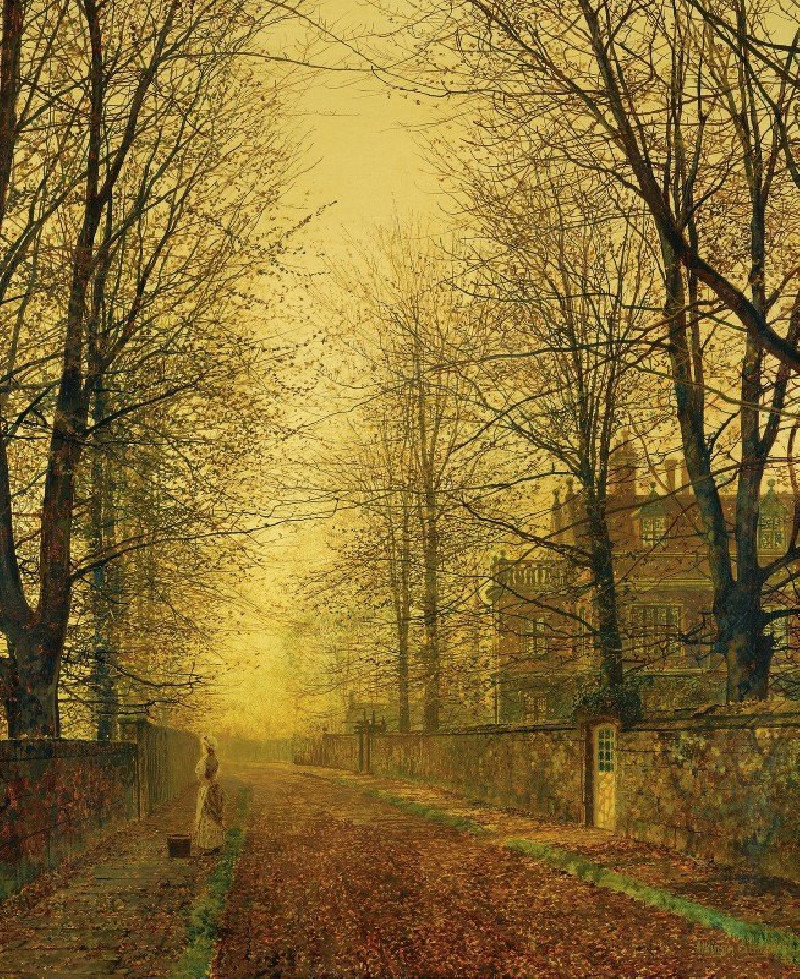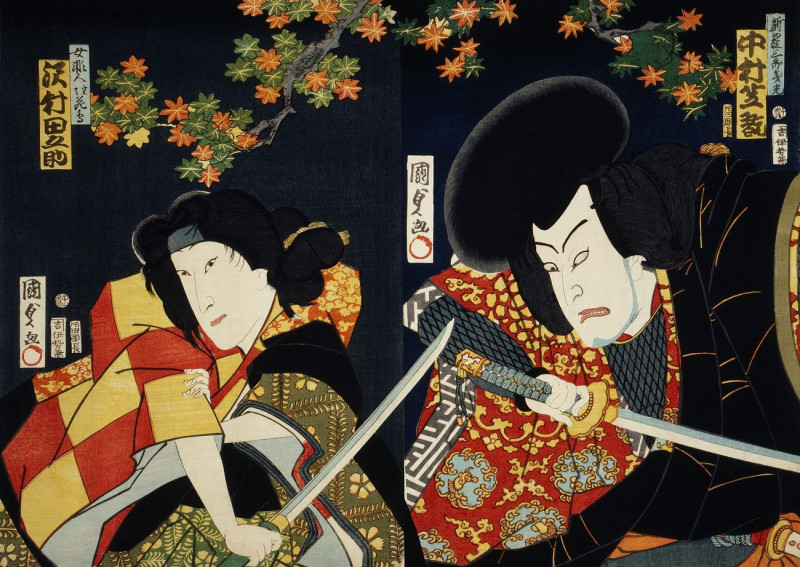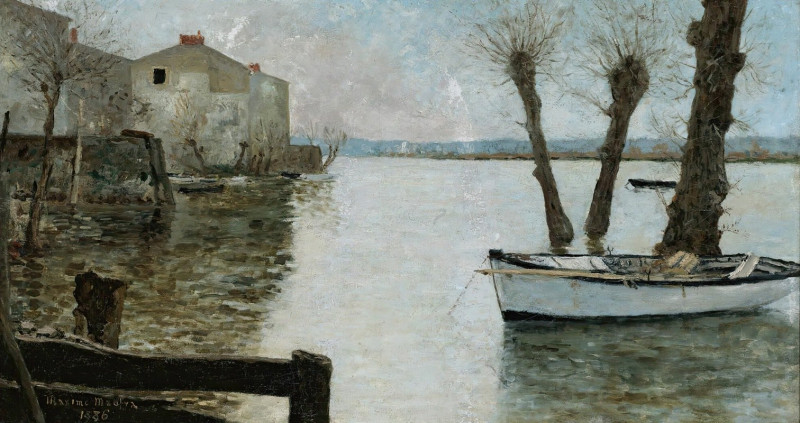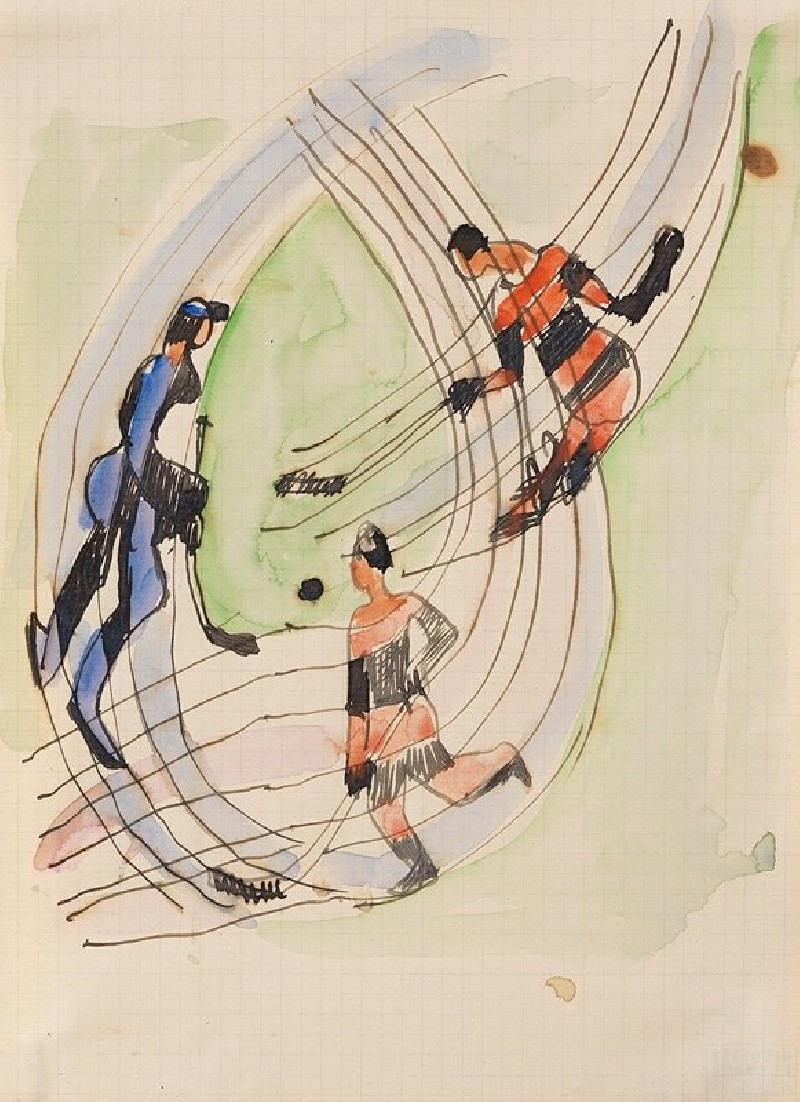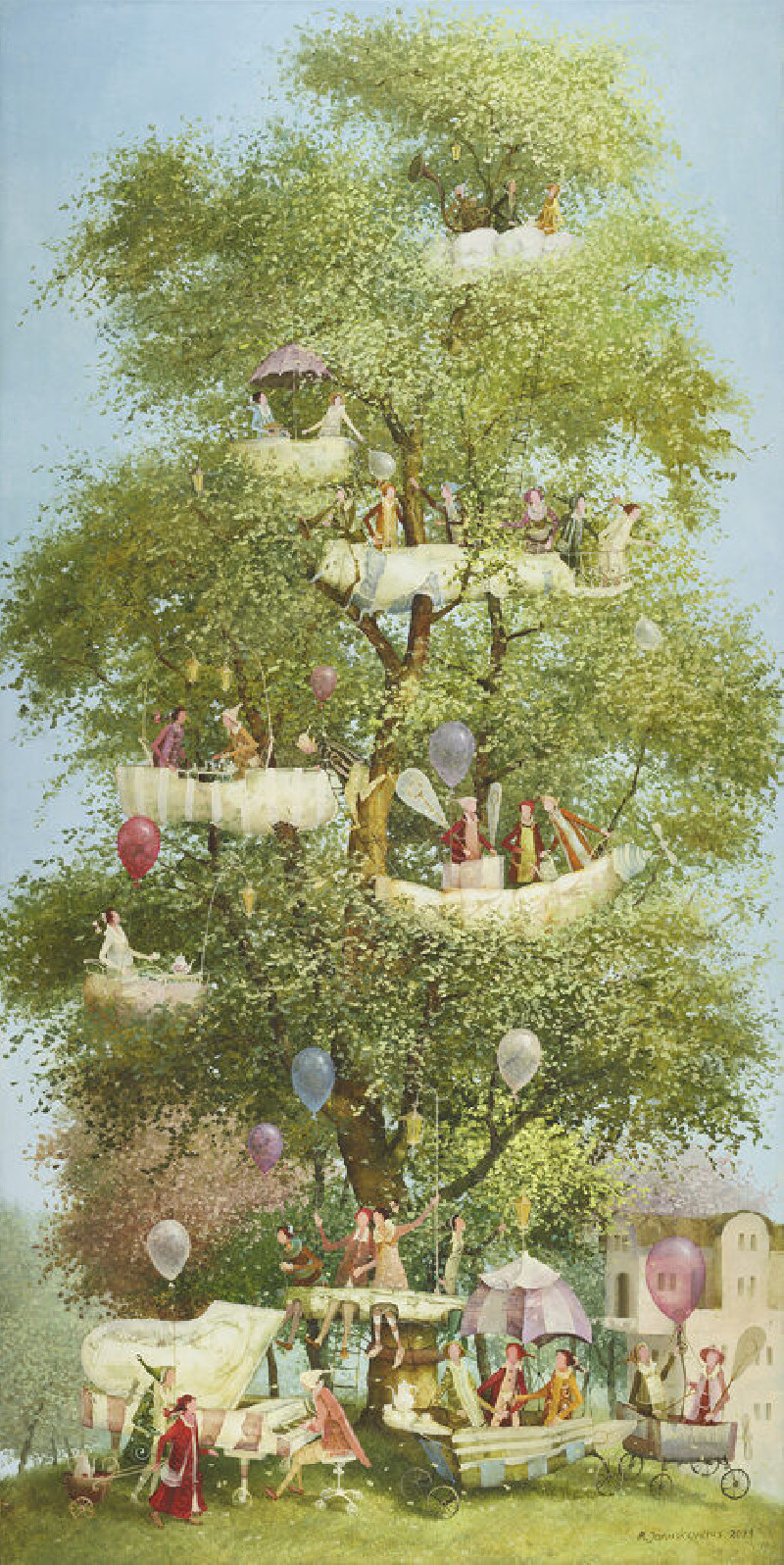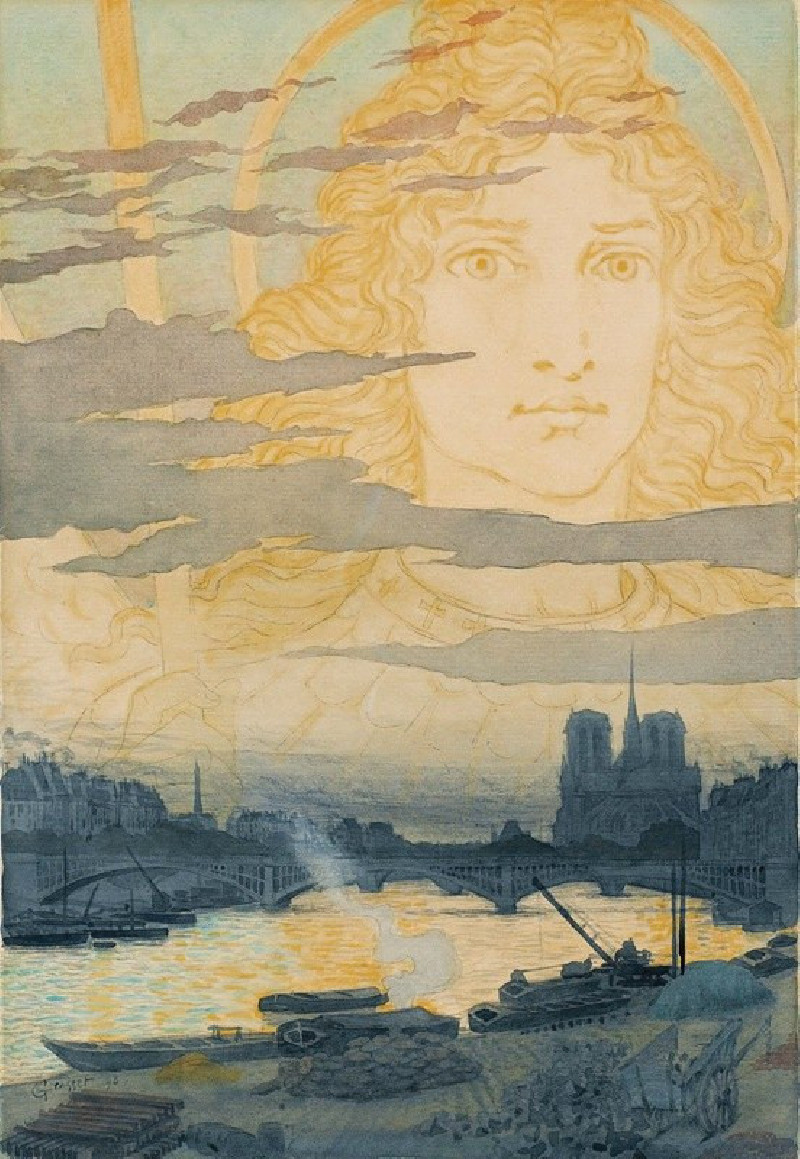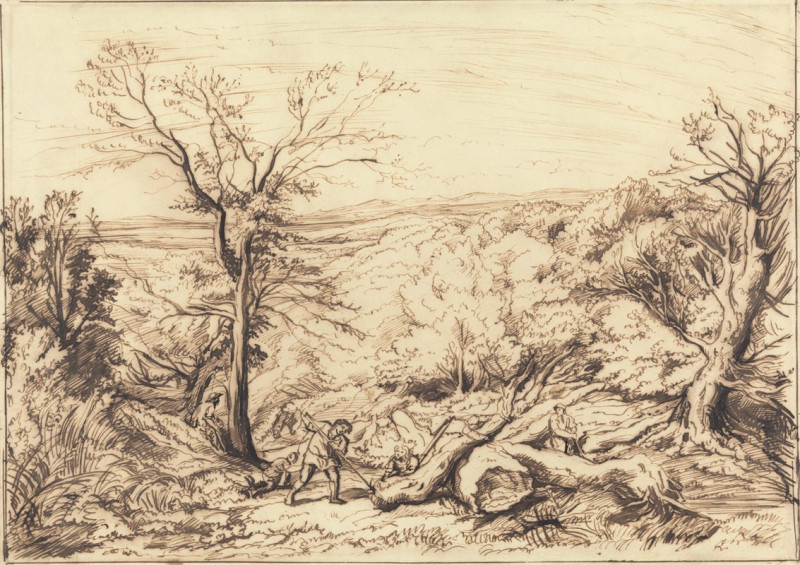The Harvesters (1565)
Technique: Giclée quality print
Recommended by our customers
More about this artwork
** Pieter Bruegel the Elder1565Pieter Bruegel the Elder's "The Harvesters" is a remarkable painting that captures the essence of rural life and the busy activities of the harvest season in the 16th century. This masterpiece, rich in detail and scope, illustrates the timeless rhythm of agricultural labor and the interconnectedness of human activity and the natural world.At first glance, the composition guides your eye across a broad, gently rolling landscape filled with activities related to the harvest. The scene is set in late summer, underscored by the golden hues of the ripe wheat and the expansive fields ready for harvesting. The foreground of the painting features a large tree under which a group of workers is taking a well-deserved break. This cluster of peasants, some reclining and others engaged in quiet conversation, forms a relaxed counterpoint to the labor taking place around them.To the right and throughout the fields, you see various figures diligently working: bending, reaping, and gathering the bounty of the season. Each figure is engaged in their task, yet harmoniously integrated into the landscape, suggesting a deep, intrinsic bond between people and their environment.In the distance, the landscape unfolds with a serene beauty, dotted with more harvesters at work, as well as villages and meandering paths—perhaps indicating the connection between different communities through shared labor and commerce."The Harvesters" is more than just a visual representation; it's a vivid narrative painted with care and acute observation of rural life. The artwork captures not only the physical exertions of agricultural work but also the moments of rest and community, offering a balanced view of daily life during the harvest season.
Delivery
Returns
Pieter Bruegel the Elder was the most significant artist of Dutch and Flemish Renaissance painting, a painter and printmaker from Brabant, known for his landscapes and peasant scenes (so called genre painting); he was a pioneer in making both types of subject the focus in large paintings.

